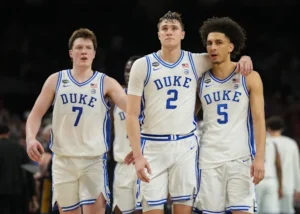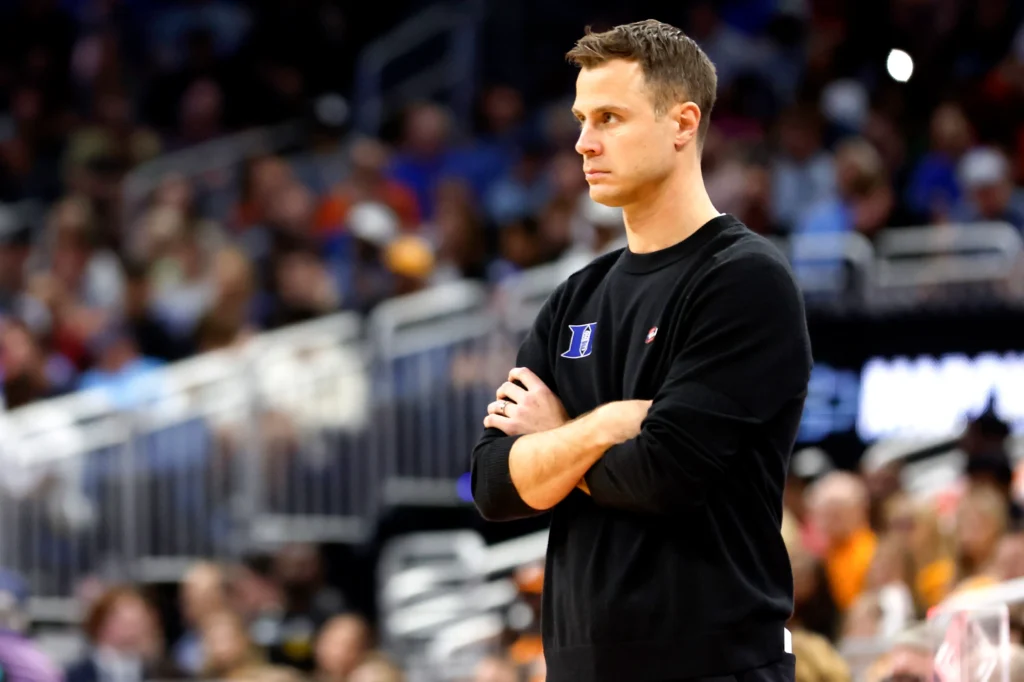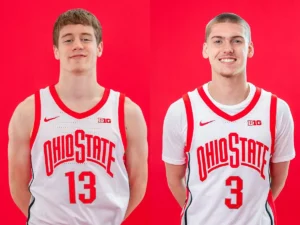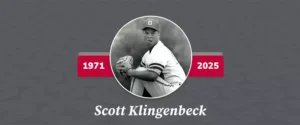
Leeds United return to the Premier League with a blend of bold optimism and cautious realism. Two seasons after finishing with 100 points in the Championship, they’re now ready to test themselves against England’s elite. Manager Daniel Farke inherits a squad brimming with Championship-winning confidence, but also one on the cusp of transformation. Their summer business has already seen the arrival of Wolfsburg free agent Lukas Nmecha and Udinese defender Jaka Bijol, signaling intent to plug key gaps. Yet the whispers growing louder suggest Farke may soon call upon a six- to eight-figure summer catapult—reports indicate 49ers Enterprises may unlock between £100–£150 million to back survival ambitions. Leeds must resist the trap that has befallen numerous promoted sides, where defensive frailty meets financial restraint.
Their Championship campaign struck a potent chord. Joël Piroe’s 19 goals delivered relentless scoring, with four alone in a 6–0 rout of Stoke, confirming a ruthlessness Farke will want to channel into the top flight. Yet the momentum built in the second tier may need more than raw numbers—opponents in the Premier League won’t take kindly to mercy. Piroe and returning loanees like Manor Solomon and Brenden Aaronson must both cut sharper and more consistently in April and May. Leeds face a distinct problem: continuing the momentum of attack while not ignoring an exposed backline. Illan Meslier’s late-season drop in form has reportedly pushed the club to seek a new first-choice goalkeeper. If Meslier departs, his replacement must deliver immediate reliability—flashes of brilliance won’t suffice when the glass is shattered by Premier League firepower.
Farke’s record—marked by recent promotions with Norwich and sustained progress—is the foundation of this rebirth. Promoting from England’s second tier demands pragmatism; Farke opted for solidity with occasional flair, relying on a core of determined professionals. His tactical balance will be scrutinized from Game Week 1, where Leeds open at Elland Road against Everton, then head to Arsenal. That sequence could expose defensive cohesion or concealed cracks. Leeds must navigate an unforgiving start before a more favorable block begins in late September.
The defensive overhaul is prioritized: left-back Junior Firpo leaves, and Bijol arrives to shore up central areas. The midfield base of Ethan Ampadu, Pascal Struijk, Joe Gelhardt, and Daniel James boasts Premier League experience, but will require more height, muscle, and tactical consistency to face the likes of City, United, and Villa. In those pivotal, high-stakes matches, the resolve and leadership of centre-backs like Max Wöber and Joe Rodon will be tested.
Burnley, meanwhile, return to the top flight on the back of a near-historic season under Scott Parker. Following relegation in 2024, they responded with exemplary consistency—100 points, 30 clean sheets, and just 16 goals conceded. Parker’s 4-2-3-1 system, rigid yet flexible, leveraged a disciplined defensive shield and energetic forward press, delivering rare statistical perfection in the Championship. That defensive backbone is their most significant asset again, with England under-21 shot-stopper James Trafford firmly in net following his record-breaking campaign.
Burnley’s summer has begun quietly but significantly; goalkeeper Max Weiß arrives to share duties behind Trafford, while four loan options—including Marcus Edwards, Jaidon Anthony, Bashir Humphreys, and Zian Flemming—convert to permanent deals. Financial prudence defines Burnley’s approach, even as they accumulate defensive gems. Their Achilles heel remains the forward line, which in the Championship produced a modest 69 goals and warrants serious reinforcements ahead of facedown battles with Europe-chasing teams.
Expect Parker to seek a consistent goal-getter—a natural striker rather than improvised winger—plus midfield grit. Linked names such as Philip Billing, typecast as a strong runner and physical presence, suggest he’s targeting Premier League experience in the engine room. That signing, coupled with retaining the defensive backbone, could elevate Burnley from organized also-ran to resilient survival candidate. They open away to Tottenham before welcoming newcomers Sunderland at Turf Moor. The first two fixtures alone encapsulate the phrase “two faces.” If they can excite against Spurs and dominate in the second, a foothold is possible, but stumbles may compound as the big guns advance.
Comparing the two clubs, Leeds enters with transition, resource inflow, and ambition; Burnley with defensive steel, continuity, and conservative roster planning. Farke and Parker each face distinct balancing acts. Leeds must coalesce a loosely assembled squad into a cohesive top-flight team, capable of collective pressure in big games. Burnley must hold onto their spine and attract key reinforcements—scorers and engine-room men—to avoid stagnation. Both carry the usual relegation suspicion, with bookmakers ranking Leeds most likely to survive among promoted teams, and Burnley trailing closely behind.
In essence, Leeds project as the risk-taking heavyweight gaining momentum through spending and reinforcement, seeking stylistic identity and resilience. Burnley represent efficiency and defensive perfection, awaiting marginal gains in attack to make the difference. Each sees survival as attainable but not guaranteed; Leeds may dazzle or implode, Burnley might frustrate opponents or bore supporters with cautious grind.
Their seasons intersect directly when Leeds host Burnley on October 18 and again on May 2 at Turf Moor. Those ties could prove pivotal in the relegation scrap: early psychological advantage for either would deliver confidence and league points.
Beyond tactics and results, the culture each club has built is significant. Leeds, backed by the 49ers’ ambitions, promise a long-term project inside a reorganized structure, intent on breaking the survival curse and building a platform for gradual ascent. Their intent to “spend every last penny” to reach safety defines a bold, all-or-nothing mindset. Burnley operate within tighter frameworks: financial discipline, youth pathway, and system continuity balanced with targeted signings. Wherever they finish, they’ll probably feel they’ve overachieved if they emerge intact.
Ultimately, these clubs’ fates boil down to execution: Leeds must blend fresh faces into a new identity, defend smarter, and maintain firepower. Burnley must keep defensive excellence alive while investing just enough in attack. Survival remains both plausible and precarious—two clubs with divergent journeys chasing the same ultimate prize.
Expect Leeds to spark flashes of brilliance, challenge mid-table on days of tactical courage, but possibly crack under relentless pressure. Expect Burnley to frustrate the big six, grind out results in dogged style, and perhaps seal safety through industrious draws and narrow wins. If they do, Premier League football remains at Elland Road and Turf Moor—not just for 2025–26, but beyond.
In a league where fine lines separate ambition from collapse, these two clubs will share a common story: determination to prove they belong, to grow stronger with each challenge, and to keep defying the gravitational pull back to the Championship. For fans of grit and narratives of redemption, their seasons promise drama right to the final whistle.






